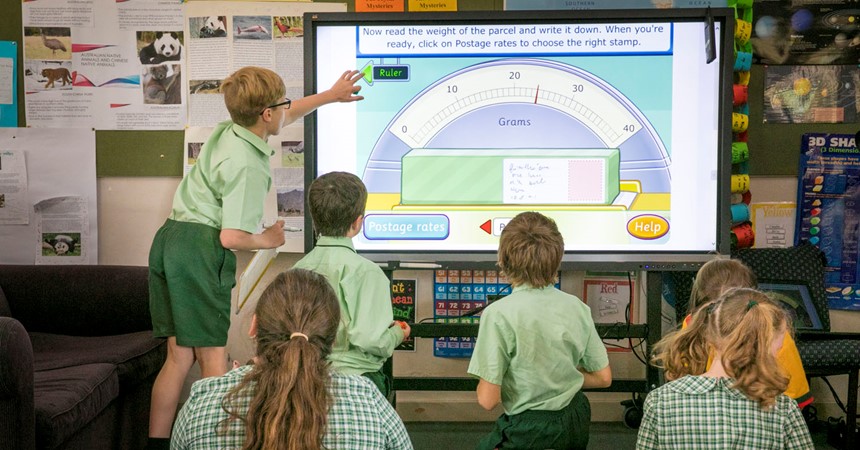A common theme covered by the Key Learning Areas (KLA) in the new syllabus is the preparation of students to live and work successfully in the 21st century world. An element of this includes identifying opportunities for integrating the development of knowledge, understanding and skills in ICT within teaching and learning programs.
Incorporating ICT causes some angst with teachers as they often underestimate their own capacity with ICT and overestimate what is required. The ICT component does not require a teacher to be a computer programmer or robotics expert and it does not have to be an add-on. Rather it is just another way of approaching what is already being done.
As an example, a simple way of incorporating both the ICT and literacy components into a student’s learning is by getting students to understand how to email appropriately, effectively and efficiently. As email becomes increasingly utilised in both professional and personal spaces, having a proper understanding of how to use this communication tool is a core skill.
This approach involves students learning how to use ICT to appropriately communicate with others and to share ideas and information to collaboratively construct knowledge and digital solutions.
Developing an understanding of the context when communicating using ICT, including a sense of the audience, the form of communication, the techniques used and the characteristics of the users and the technologies, is also important.
When communicating in everyday life we are expected to observe certain rules of behaviour and the same is true online, however many students are growing up with the inability to appropriately communicate via email.
Writing informally, messages with multiple errors or adopting an inappropriate tone are just some of the issues faced as students did not have a ‘sense of the audience’ when communicating with this ICT tool.
To help improve how email messages are sent and to avoid potential trouble, communicating with email is a ‘context’ a student needs to be taught explicitly throughout their whole schooling life. This will allow them to understand the anatomy of an email message and learn how to write an email using formal letter writing rules.
Students need to learn to apply social and ethical protocols and practices when using ICT and ask themselves questions such as, is what I’m writing truthful, hurtful, illegal or necessary? Is my email rude or offensive in anyway? Is my email polite? Have I checked my grammar and spelling? Have I put a subject in? Do I need to reply to all? Students also need to remember that once it’s sent you can’t take it back.
